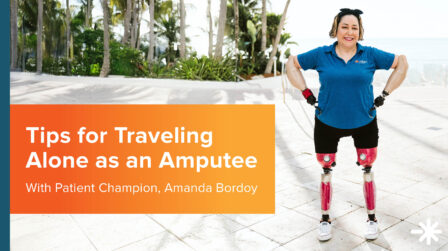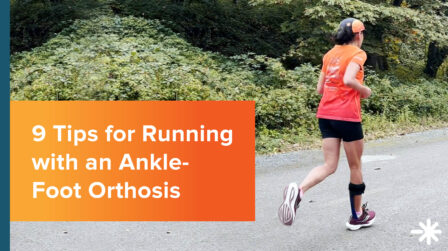Understanding Hypotonia
Muscle tone is regulated by signals that travel from the brain to the nerves and tell the muscles to contract. With hypotonia, muscles have a very small amount of contraction that gives them a springy feel and provides some resistance to movement, even when relaxed. It is not the same as muscle weakness, although the two conditions can co-exist.
Hypotonia can happen from damage to the brain, spinal cord, nerves, or muscles. The damage can be the result of trauma, environmental factors, or genetic, muscle, or central nervous system disorders. For example, it can be seen in Down syndrome, muscular dystrophy, cerebral palsy, Prader-Willi syndrome, myotonic dystrophy, and Tay-Sachs disease.
In some cases, it may not be possible to find what causes the hypotonia.
Signs and Symptoms
Infants with hypotonia have a floppy quality or “rag doll” appearance because their arms and legs hang by their sides and they have little or no head control. Other symptoms of hypotonia may include problems with mobility and posture, breathing and speech difficulties, ligament and joint laxity (looseness), and poor reflexes.
Hypotonia does not affect intellect. The opposite of hypotonia is hypertonia.
Diagnosis and Treatment
Treatment begins with a thorough evaluation, usually performed by a neurologist. This will include an assessment of motor and sensory skills, balance and coordination, mental status, reflexes, and functioning of the nerves. Diagnostic tests that may be helpful include a CT or MRI scan of the brain, an EMG to evaluate nerve and muscle function, or an EEG to measure electrical activity in the brain.
Once a diagnosis has been made, the underlying condition is treated first, followed by therapy for the hypotonia. Physical therapy can improve motor control and overall body strength. Occupational therapy can help relearn ways to address daily activities. Speech-language therapy can help with breathing, speech, and swallowing difficulties. Therapy for infants and young children may also include sensory stimulation programs.1
If your child has been diagnosed with hypotonia, your doctor may refer them to an orthotist, a specialist who provides devices that support the parts of the body when muscles are weak or bone and joints are aligned incorrectly. The orthotist will work with the doctor and the therapist to provide the best possible brace (orthosis) for your child.
Depending on your child’s level of hypotonia, they may be fitted with a leg brace or a brace to support the spine. While ankle-foot orthoses (AFOs) are the most common braces ordered for the management of kids with hypotonia, braces might be ordered for any joint in the body depending on the child’s needs.
1. https://www.ninds.nih.gov/Disorders/All-Disorders/hypotonia-Information-Page
Latest Updates
Subscribe to stay up-to-date on our latest posts.



